What Is It Really Like To Run The Boston Marathon?

The Boston Marathon is one of the most famous marathons in the world and completing it becomes a bucket list goal for many runners, but what’s it REALLY like to run the Boston Marathon?
From the Expo to the finish line, via school buses, portaloos and ALL the hills, this is all the stuff you need to know before you go to Boston.
- Packing For The Boston Marathon
- Bib Collection & The Expo
- Where To Buy The Celebration Jacket
- The Night Before The Race
- Race Morning: What To Wear, Your Drop Bag & Start Bag
- Getting To Gear Check & The Bus To The Start
- Hopkinton School & The Start Line
- General Course Tips
- The Boston Marathon Hills
- The Finish
- After The Finish
PACKING FOR THE BOSTON MARATHON
You can check the weather as much as you want in the week before the marathon, but it’s unpredictable and Boston in April could have a hailing headwind or an unexpected heatwave.
There’s no such thing as travelling light for Boston. You have to pack clothes for ALL weather eventualities – this includes race kit and throwaway clothes for before the race. On race day there can also be a big shift in conditions and temperature from gear check to the race start to you crossing the finish line, so consider all of this in your packing.
BIB COLLECTION & THE EXPO
It’s well organised to pick up your bib and race pack but expect to walk for ages as you loop around the Hynes Convention Centre – it’s a seriously long walk to eventually get to the collection point. Avoid taking a heavy bag or luggage with you (and take some carbs for the queue!)).
The race pack includes your drop bag and start bag (more on that later), plus a long sleeve Boston Marathon technical shirt and some drinks and race nutrition.
The Expo is disappointing. There’s not much there beyond the adidas section (which is huge, and has loads of great stuff, but is absolutely chaotic). You may as well walk through the Expo but then head out and walk two blocks to Newbury Street where you’ll find all the major running brands, each in their own pop-up shop or permanent space. It’s fun to hang around there.
WHERE TO BUY THE CELEBRATION JACKET
Many people assume you can only buy the adidas Boston Marathon celebration jacket at the Expo, which means it becomes a mad scramble of people trying on the jackets and other clothing. If you want to avoid that then the official adidas merch is available in other stores in town, like Dick’s Sporting Goods just down the street, and it’s at the Fan Fest.
RACE MORNING: WHAT TO WEAR, YOUR DROP BAG & START BAG
No one looks cool arriving at the Boston Marathon. Almost everyone is in old jogging bottoms/sweatpants and an old hoodie. Prioritise comfort and warmth, not fashion. If it’s raining then you’ll definitely want something waterproof and might want to take spare socks and shoes to the start.
Your gear check drop bag will contain everything that you want to pick up after the race. The gear check drop bag is large so you can fit a lot of stuff in it. After the finish you are given a bag with water, protein shake, Gatorade and some snacks in it, but if you know you want something specific then put food and drink in your drop bag. Pack a jacket or warm top in case it’s cold.
Your start line bag is small (not much bigger than the bags you use for liquids on aeroplanes). This is what you carry with you on the bus to Hopkinton. You can’t take other bags on the bus. The start bag is intended to hold things like the gels, snacks and water you want before and during the race. You can carry your race shoes separately if you don’t want to wear them to the race. Everything that goes with you on the bus will either be with you as you run back to Boston, or you’ll leave it in Hopkinton (as trash or for charity clothing collection). Think about your mobile phone or other tecnology here: unless you want to run with it, then don’t take it to the start.
Top tip: Take a plastic bag to sit on at Hopkinton School as most of the start area is on grass fields. This is especially important if it’s raining.
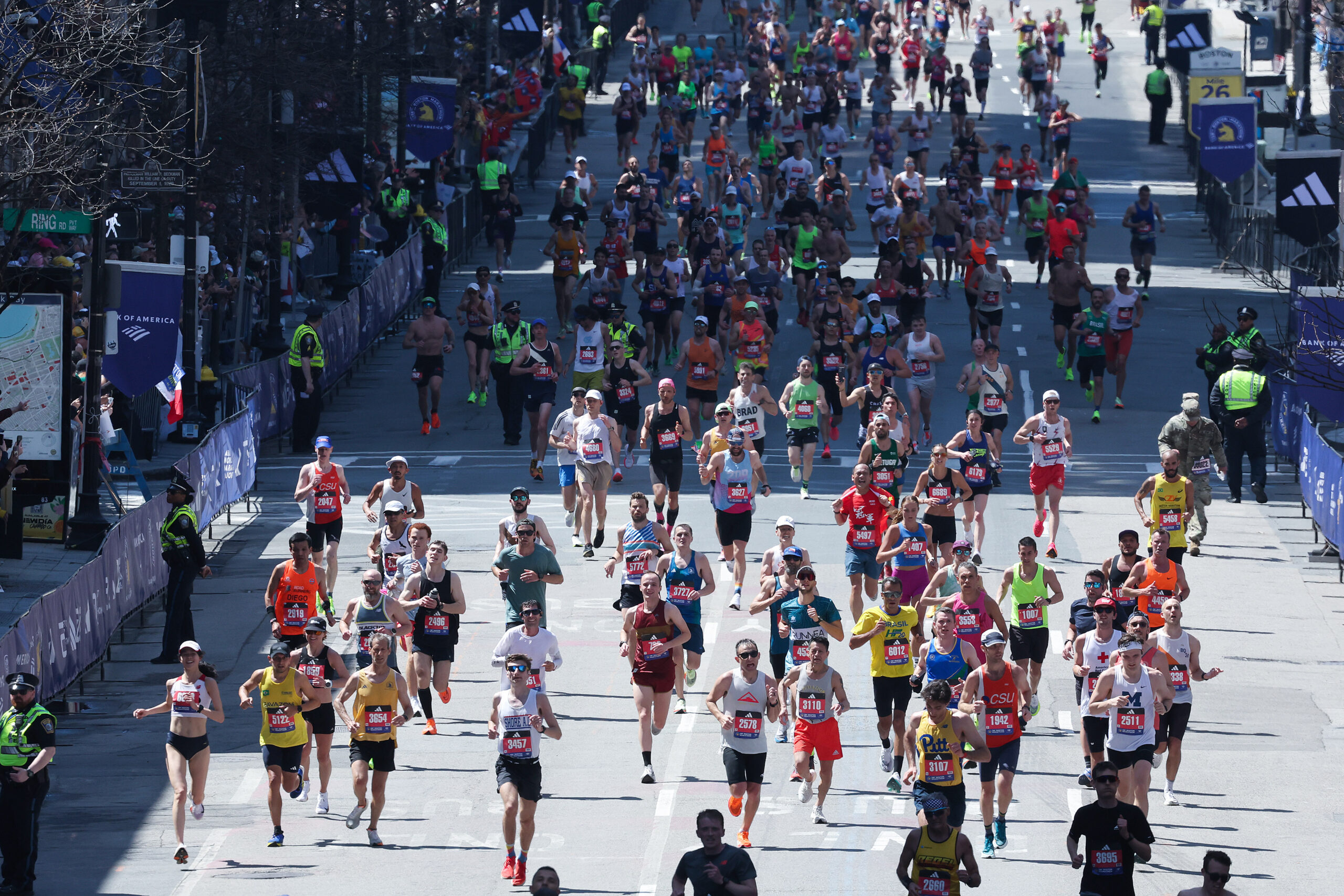
GEAR CHECK & THE BUS TO THE START
Most important: there are lots of portaloos here! They are by the bag drop and by the buses to the start.
It’s an early start, so factor that into when you eat and also what you want to carry with you.
When you read instructions for getting to the start of the Boston Marathon it can feel intimidating, but it’s all really easy to follow and understand once you’re there. The best advice is to arrive at the time the race participation guide tells you to.
If you’re staying out of the centre of town then public transport or a rideshare (Uber, Lyft) will be the best and quickest option to get to within a few blocks of gear check.
Gear check involves finding a yellow school bus with your bib number on it (there will be a range, i.e. 5000-6000). It’s all clearly signposted and well organised. Nothing to worry about here.
It takes 10-15 minutes to walk from gear check to the bus. Everyone is walking that way, so follow the crowds. You can only board the bus from the assigned time in your participant guide. If you’re late then you can board with the next wave (though this isn’t recommended).
There are toilets next to bus boarding, but there are no toilets on the bus.
A lot of people eat their breakfast on the bus.
You’ll likely be on the bus for 60-90 minutes (this includes waiting for the bus to leave after you’ve boarded).
Only runners can get on the bus and you must show your bib to get on a bus. The same is true of Hopkinton School – you can only enter if you have a bib.
HOPKINTON SCHOOL & THE START LINE
There are lots of toilets here, including urinals for men. Queues move quickly.
There’s water and Gatorade available to drink.
Hopkinton School has a couple of very large tents, but the rest of the area is all open and mostly on grass, so this can be exposed in bad weather. Try and find a space where you’re comfortable and relax. If you packed a plastic bag then sit on it to avoid getting a wet bum.
Your wave is called to the start 30-45 mins before your actual start time. It’s more than one kilometre away, but don’t worry: there are toilets before the start. Don’t try to go later as you’ll end up at the back of your corral.
Do you like warming up before a marathon? There’s not much space to do that at Boston. You may be able to run a few strides somewhere, but that’s about it. If this feels like a problem for you then you’ll want to practise feeling ready to race with a minimal run warm up. The walk to the start can give you the chance to perform some warm-up drills.
Before the start corrals there’s a large car park filled with many portaloos (plus more water and Gatorade). This is the final chance to pee before you’re on the course. This is also the last chance to drop off any clothes that you don’t want to wear for the run.
There are four coloured start waves and nine numbered corrals in each wave (so, for example, you might be red wave, corral 3). Corral one of each wave will begin at the start time listed in the race participation guide, and then everyone in the corrals behind them will follow. If you’re in corrals 7-9 then expect to cross the start line 5-10 minutes after the wave starts.
GENERAL TIPS FOR THE COURSE
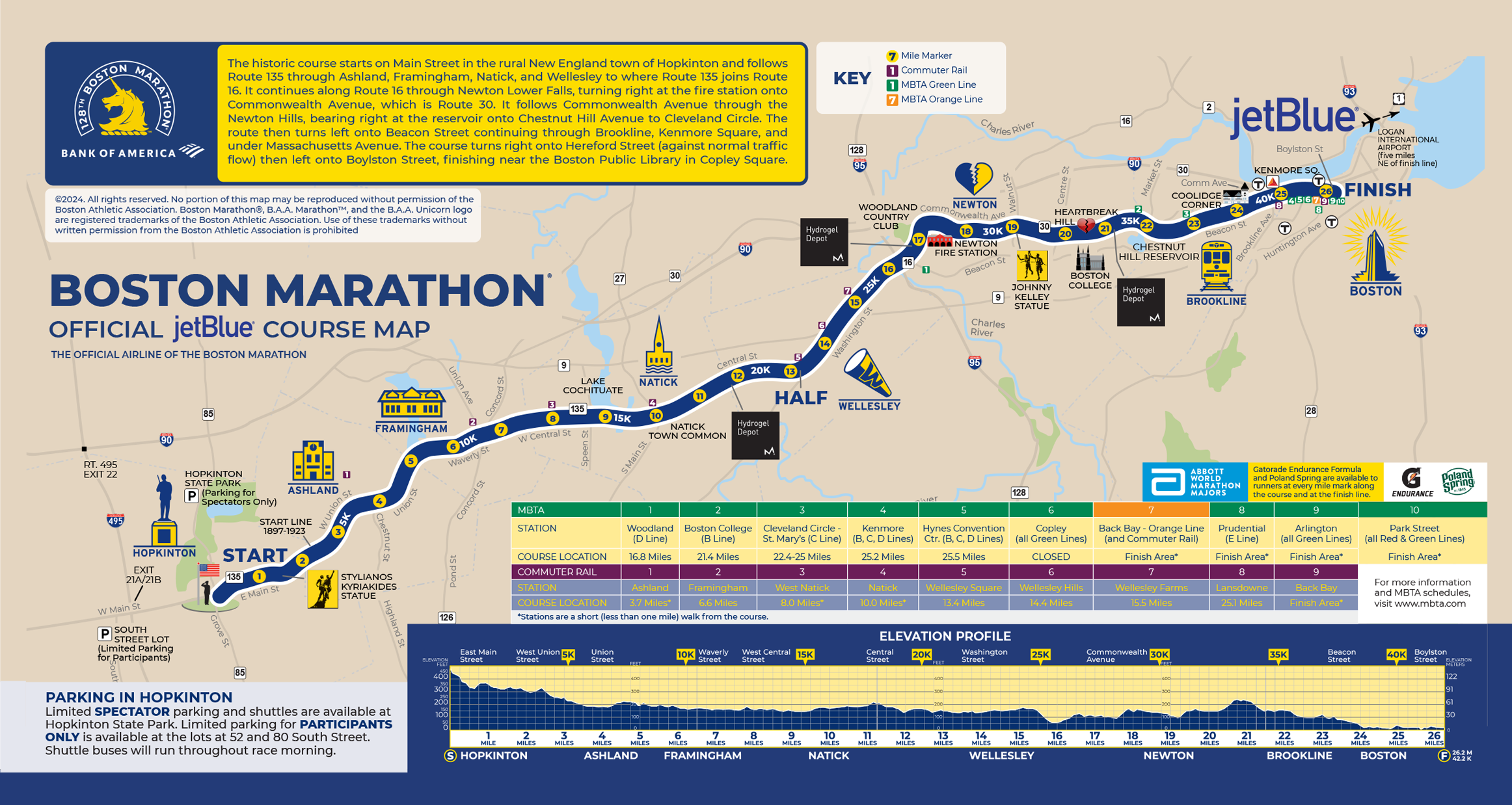
Boston never lets you settle. In other marathons you can find a pace and try to stay in it. You can’t do that in Boston because you’re always going up or down, and it can be unsettling to your rhythm. You have to practise that in training and get used to your pace constantly changing.
Water and Gatorade are in paper cups, so practise drinking from them to avoid pouring water all down yourself, or getting it up your nose (we’ve all been there!).
Drinks stations are very regular (roughly every mile) and always on both sides of the street, so there’s no need to cut across the course to get a cup. There are portaloos by every water station.
The crowds are amazing! As you pass through each town, the streets are lined on both sides with people. It’s brilliant. It feels like most of the course has support along it. The Wellesley Scream Tunnel is as loud and as fun as everyone says it is.
THE BOSTON MARATHON HILLS
The hills on the Boston Marathon course are never-ending, they compound in your legs, it gets just as hard to run down as it does to run up, but Heartbreak Hill isn’t that bad.
You have to practise downhill repeats at marathon pace in training if you’re running Boston (here’s how to train for the Boston Marathon). Find a long stretch of downhill (one km to one mile, around 5% gradient) and just run it hard in both directions. Do it more often than you think you need to as you’ll almost certainly finish the race and wish you’d done more hill training.
It’s a downhill start, and it’s surprisingly steep. If you look at the course elevation then it looks like a slide going down for a few miles, but there are still big uphill sections in the first miles, so be prepared for them. And overall don’t get excited that Boston is net-downhill because you’ll be cursing every slight down section in the last part of the race.
The Newton Hills are four hills over five miles (16-21). They all crest then roll downhill. The downs after them can be fun and long (especially between hills two and three), giving you time to recover your heart rate and try to get back into a better pace.
There are likely no other marathons where such an imposing course landmark exists as it does at Boston with Heartbreak Hill, the last of the Newton Hills. It’s a physical and psychological landmark and its lore in marathoning makes it feel like Everest. The most difficult thing about this hill is that it comes when you’ve run more than 20 miles. The best way to deal with it is to frame it positively: the crowd support here is great, you’re on one of the most famous hills in marathoning so take it in, and you know that once you’re up and over it, there are no significant hills between you and the finish.
You’ve probably heard people say ‘right on Hereford, left on Boylston.’ It’s the final two turns of the Boston Marathon, but what people should say is ‘right on Hereford, run uphill for two blocks, left on Boylston.’ At least by this point the cheering is so loud and exciting that it carries you over that final hill and into the turn where you see the finish line. What’s one more hill after the 26-mile rollercoaster you’ve just been on?
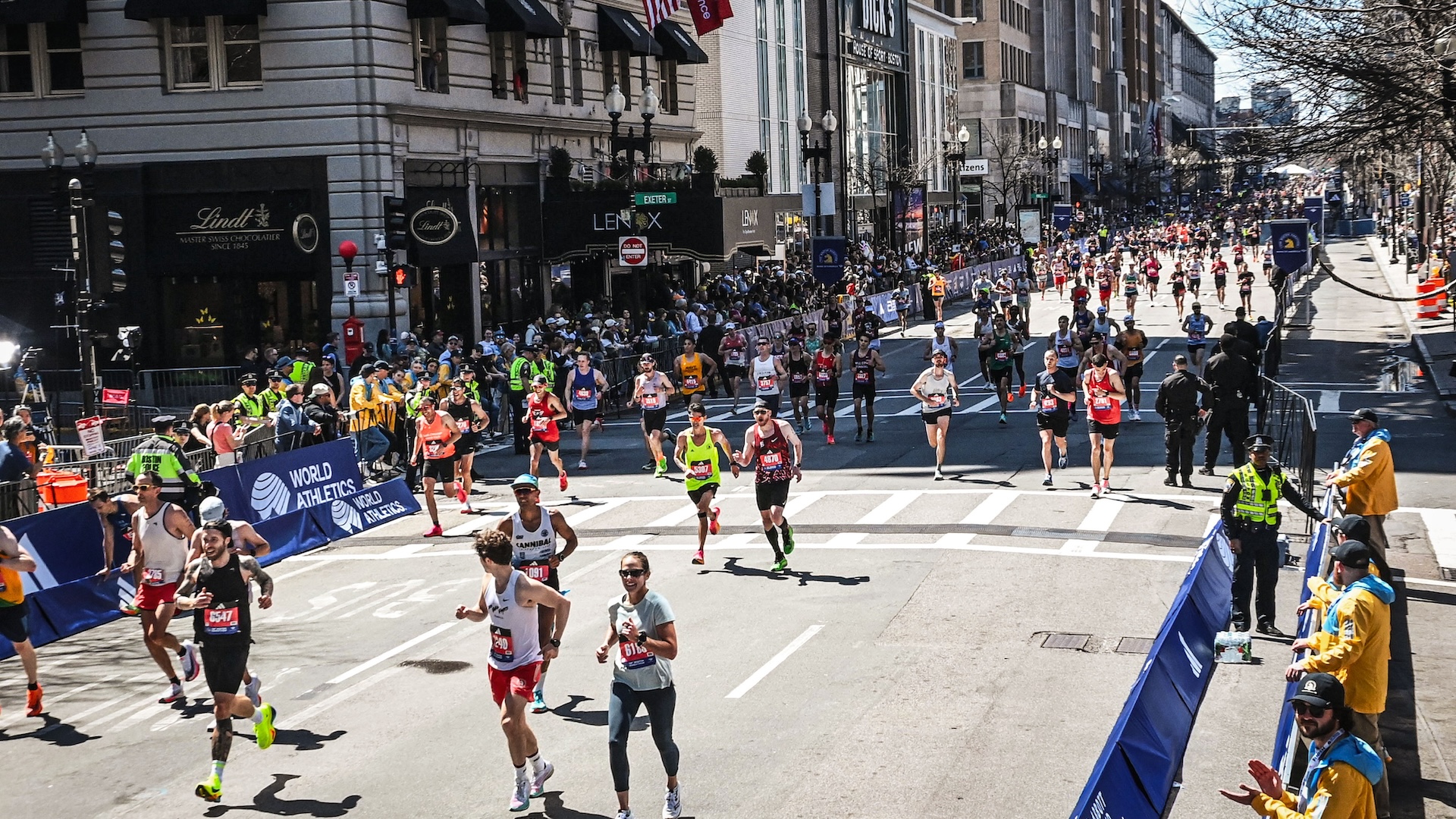
THE FINISH
Best finish line in the world? There can’t be many which are better. Soak in as much as you can on Boylston Street. Unless you’re absolutely desperate to gain a final few seconds, then this isn’t the marathon for a sprint finish. A few extra seconds onto your time will be worth it to take in the crowds and the cheering down Boylston Street. Don’t leave the Boston Marathon course wishing you’d been able to feel the emotion and support on Boylston.
AFTER THE FINISH
By this point, you won’t really care what’s happening. The good news is that it’s all very easy to navigate. You’ll get your medal, water, a foil blanket, plus a finisher’s bag with more water and other nutrition (and there’s plenty of medical help if you need it). Then you’ll walk a few blocks to the school buses where you dropped your bag off a few hours earlier. A block or two from here will take you back into the real world and you can celebrate having run the Boston Marathon!
Is there anything that we’ve missed which you’d like to know about the Boston Marathon?
Lead photo: Andrew McClanahan@PhotoRun
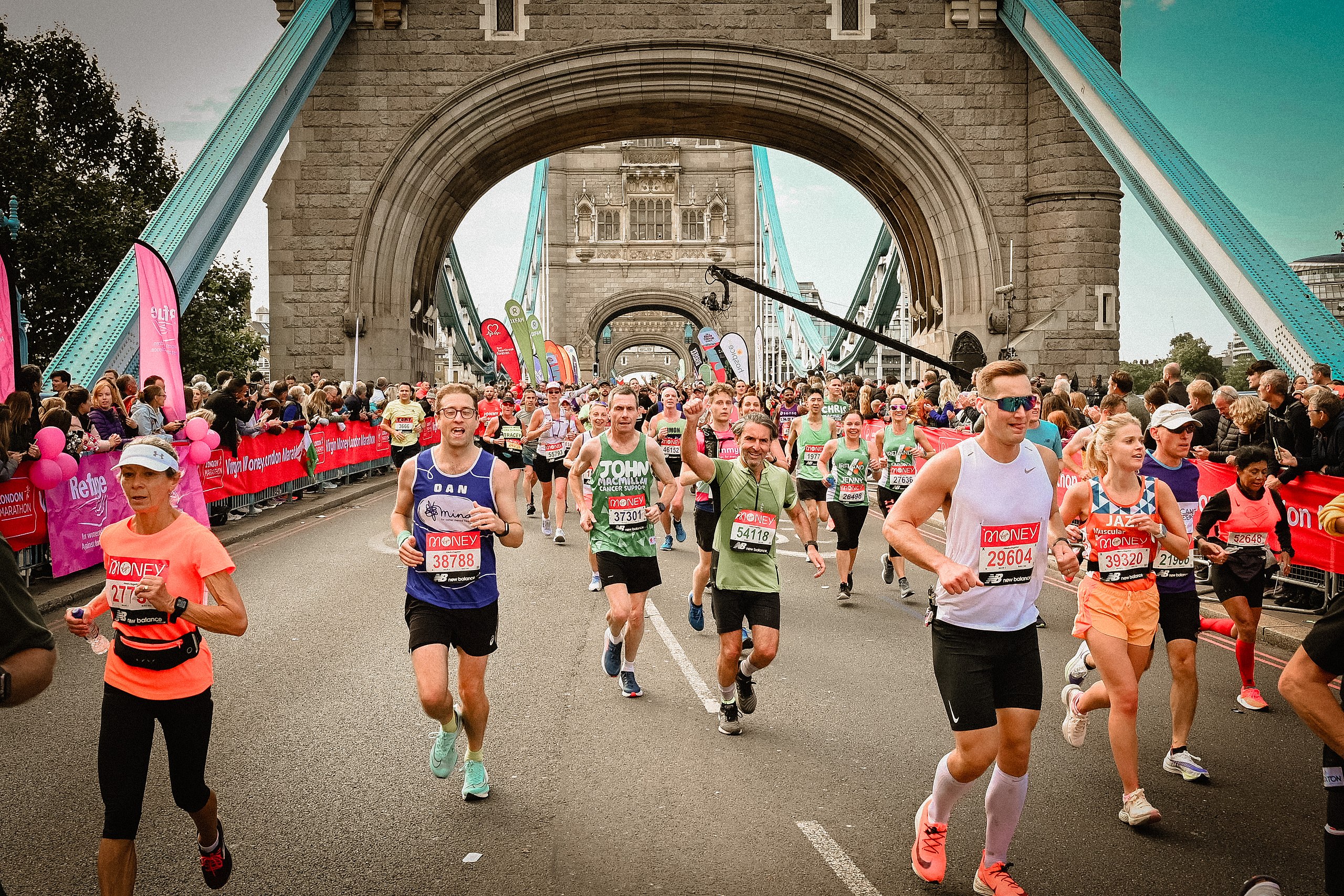
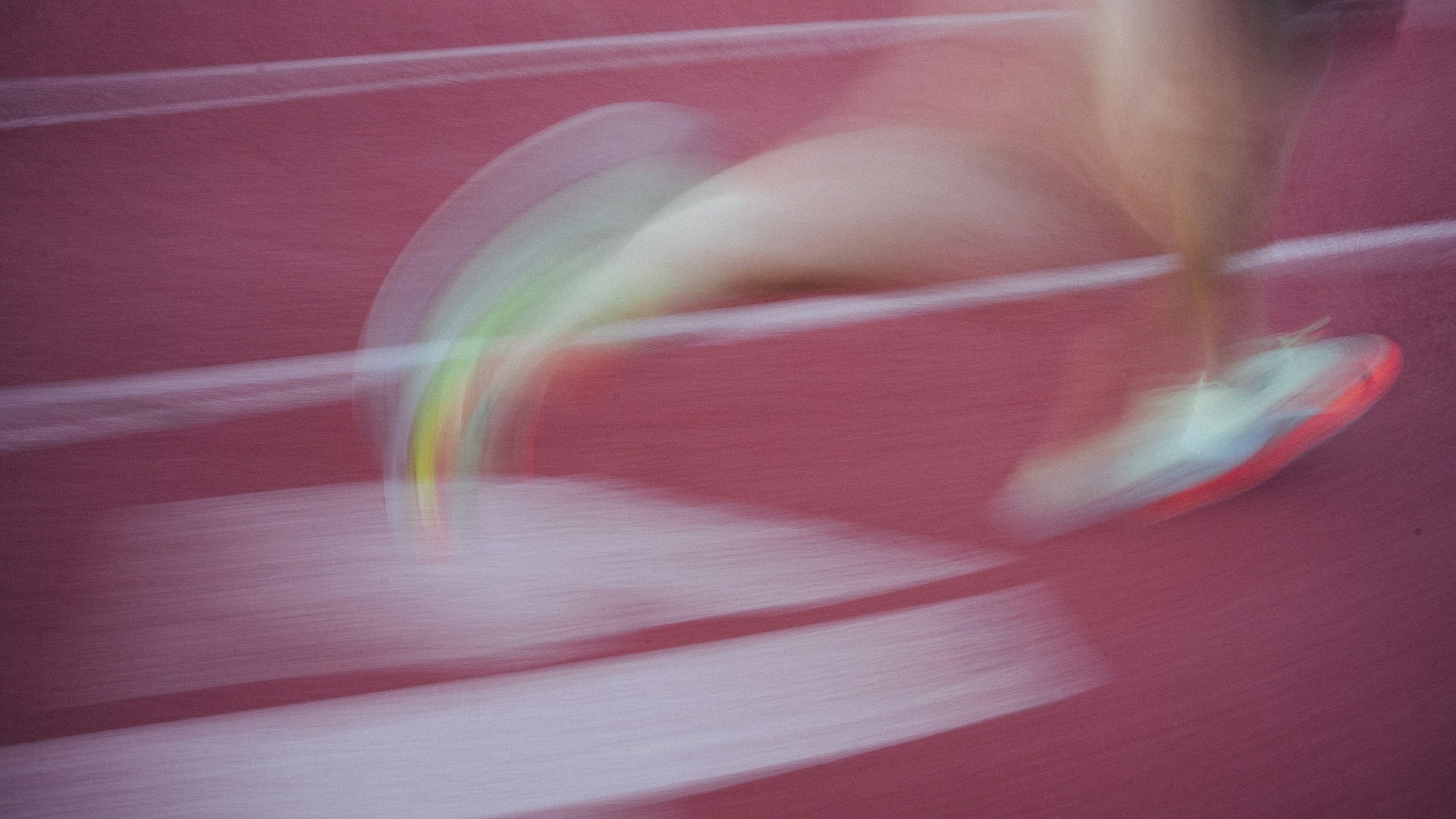
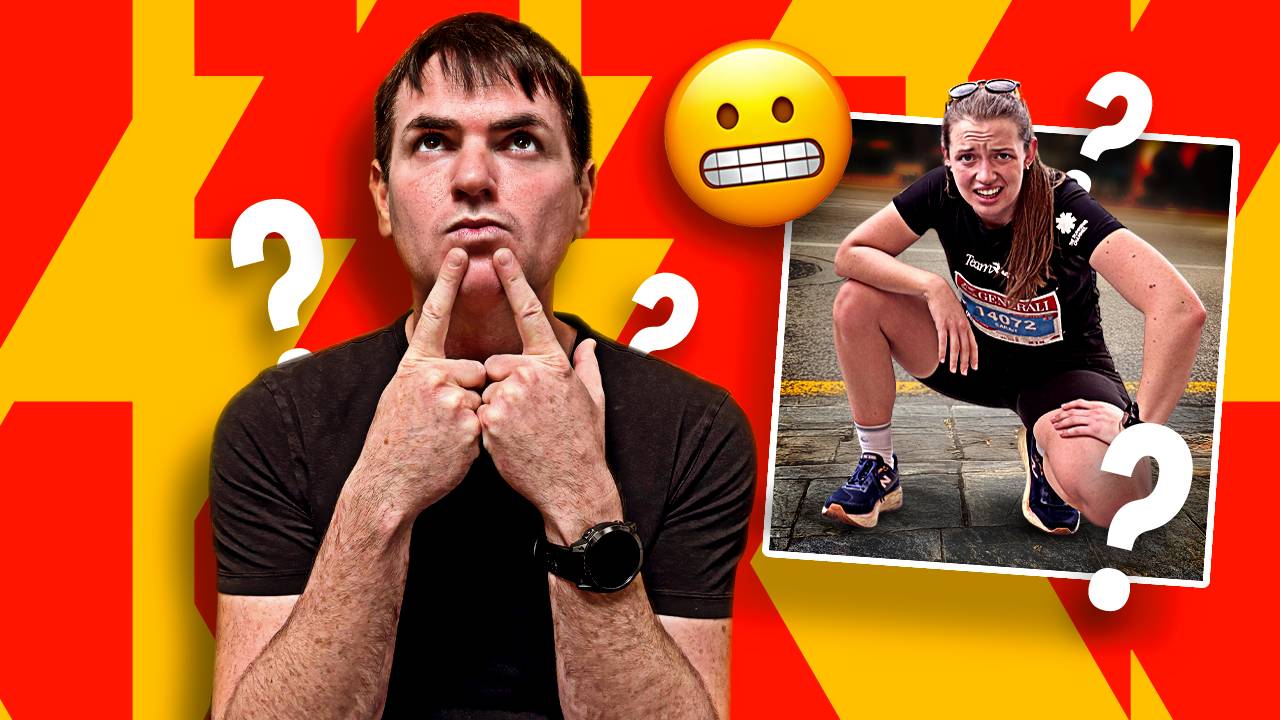
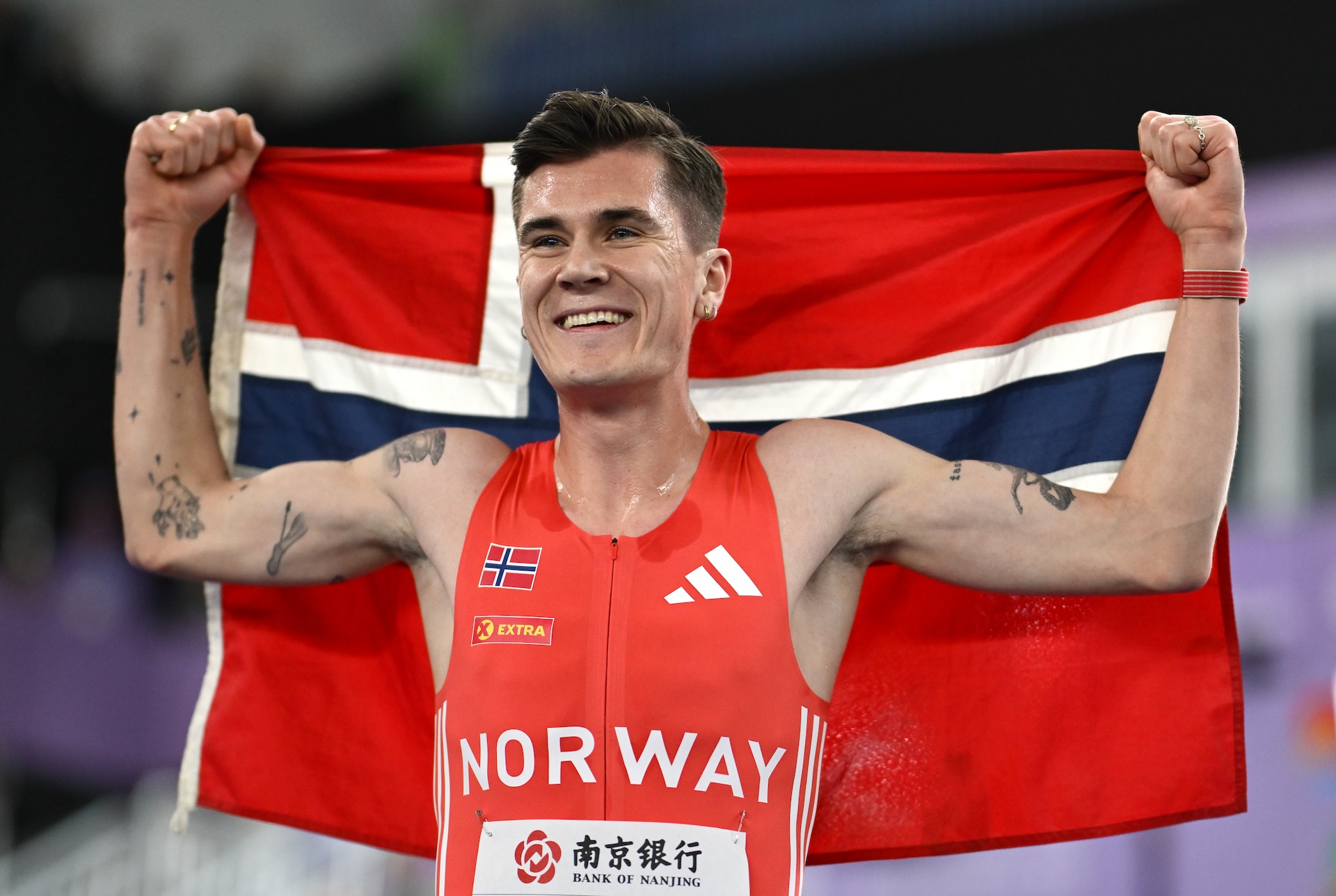
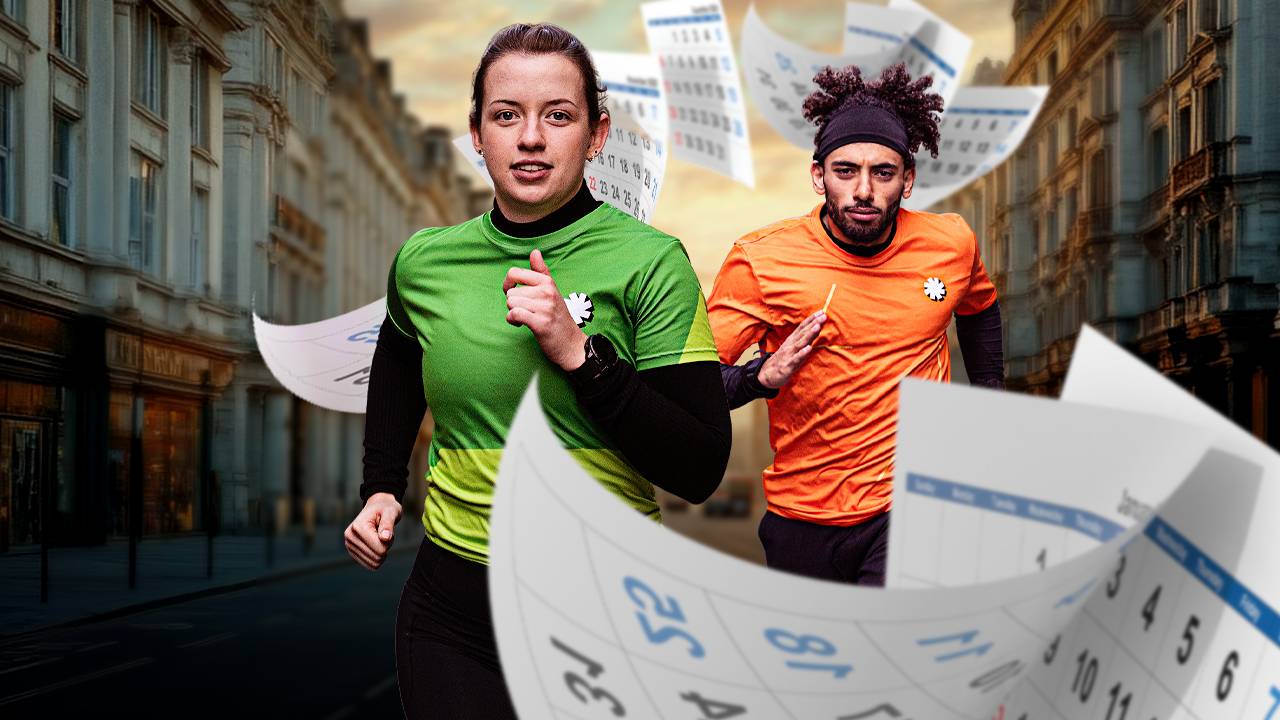
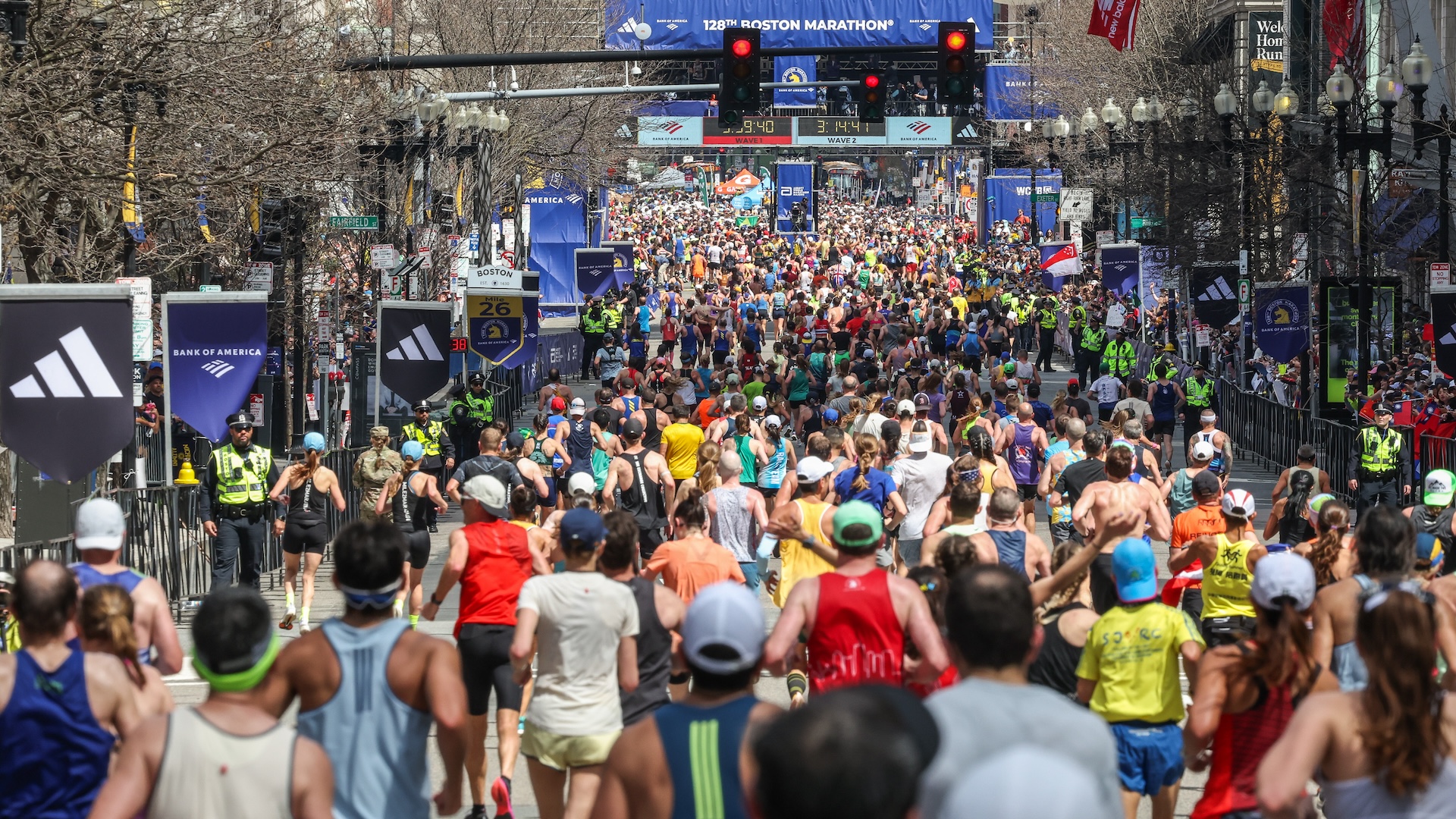





















Running News
Ingebrigtsen Stars at World Athletics Indoor Championships 2025 – Plus All The Winners!
Sam Ruthe Is First 15-Year-Old To Run A Four-Minute Mile!
Eliud Kipchoge Will Run The 2025 Sydney Marathon!